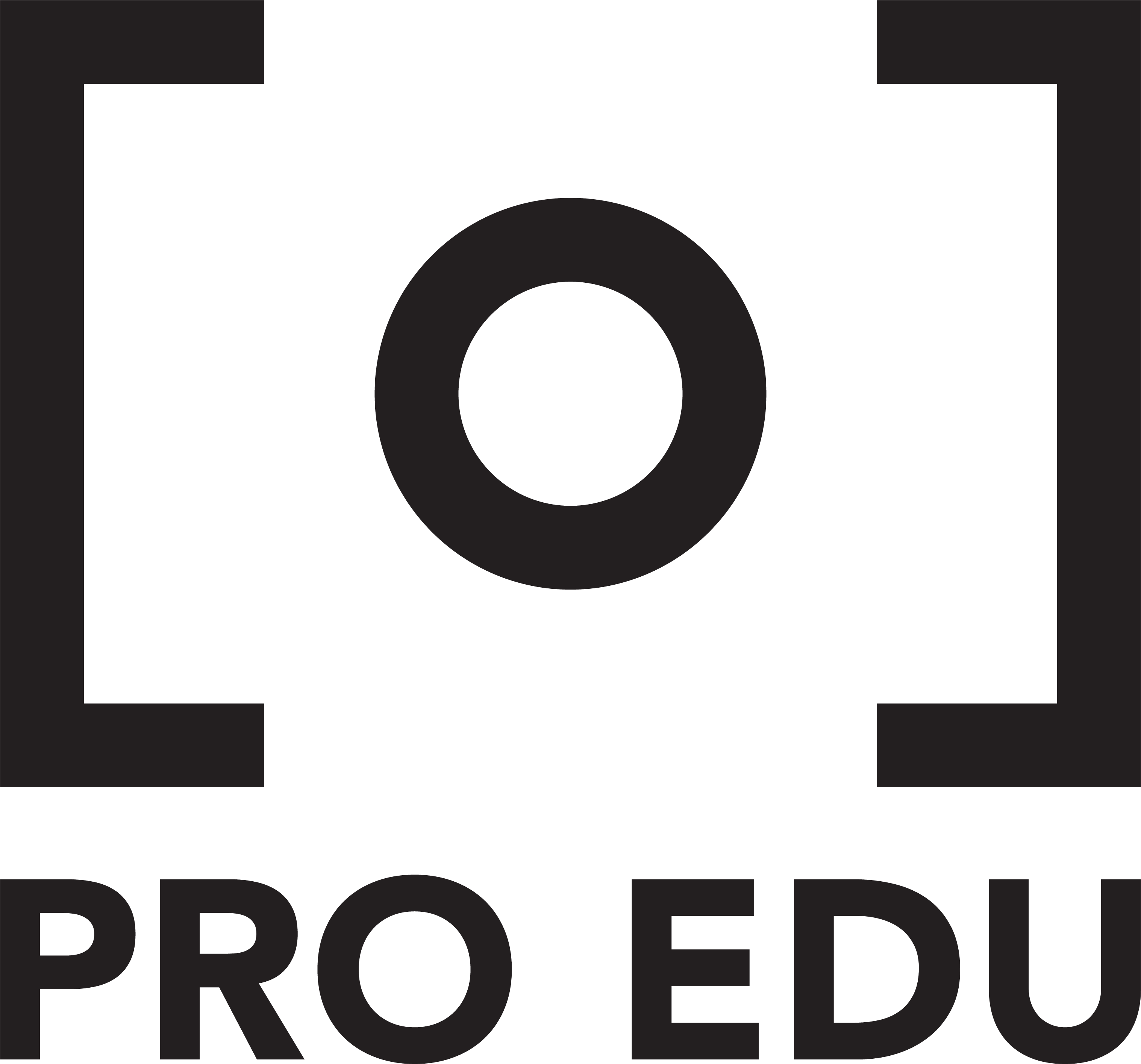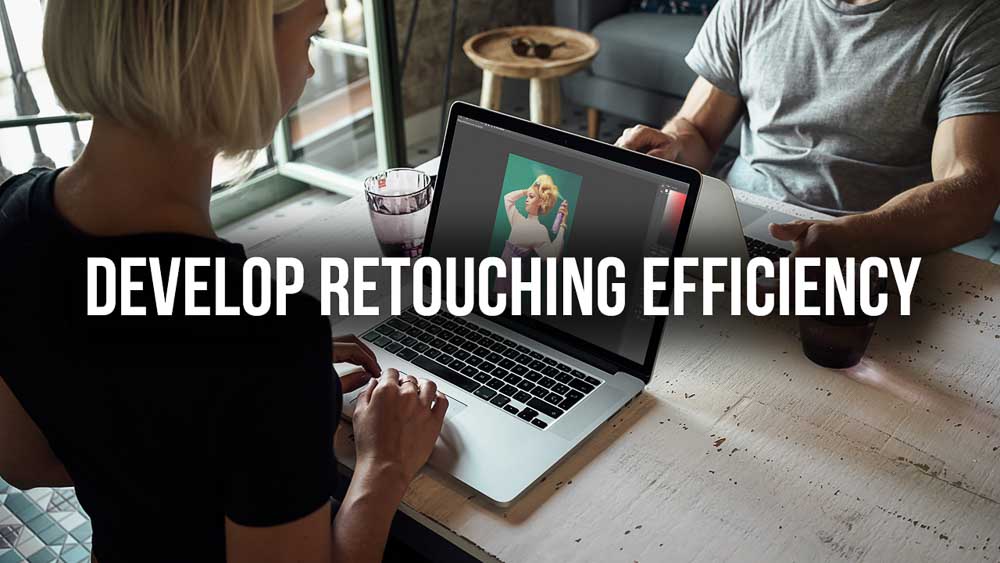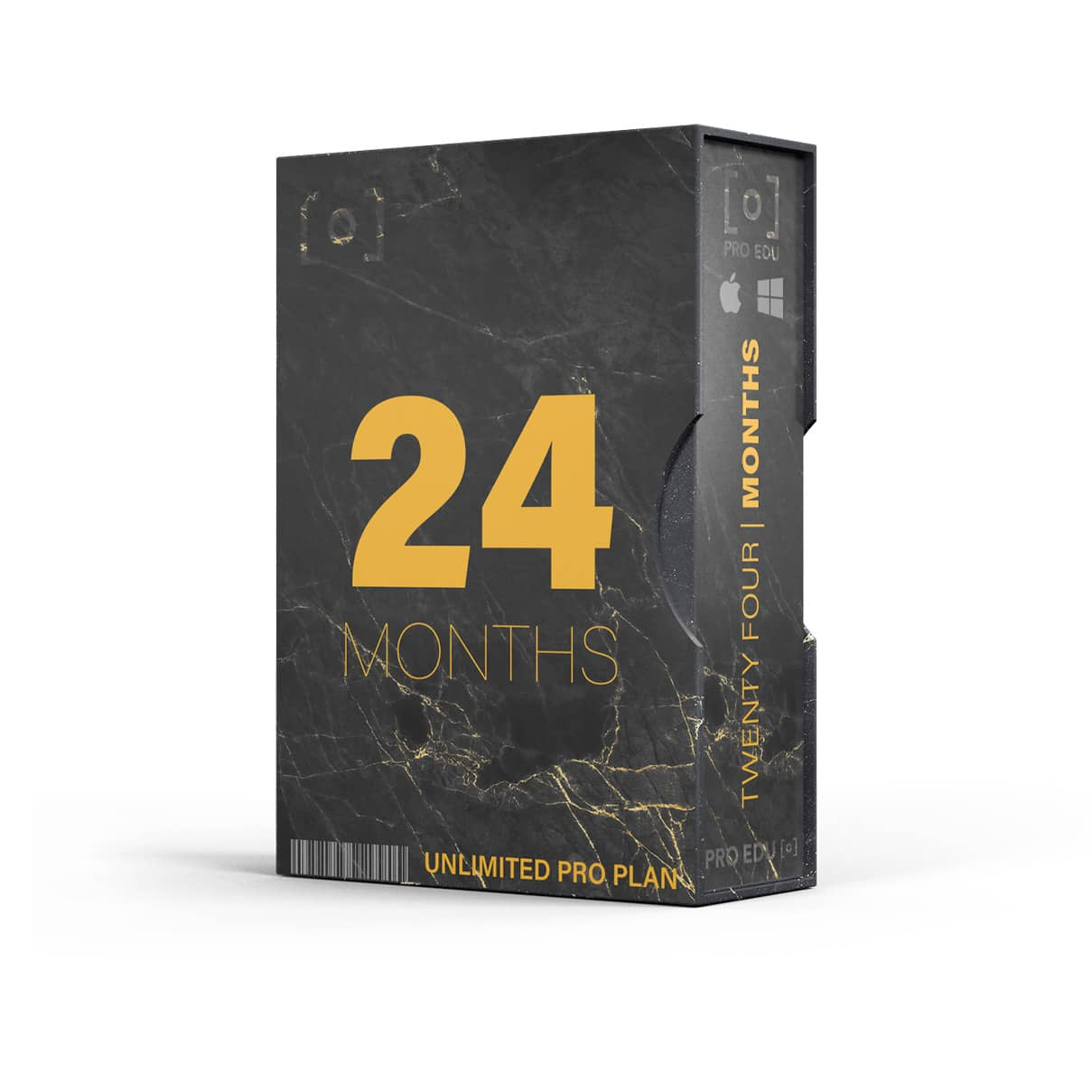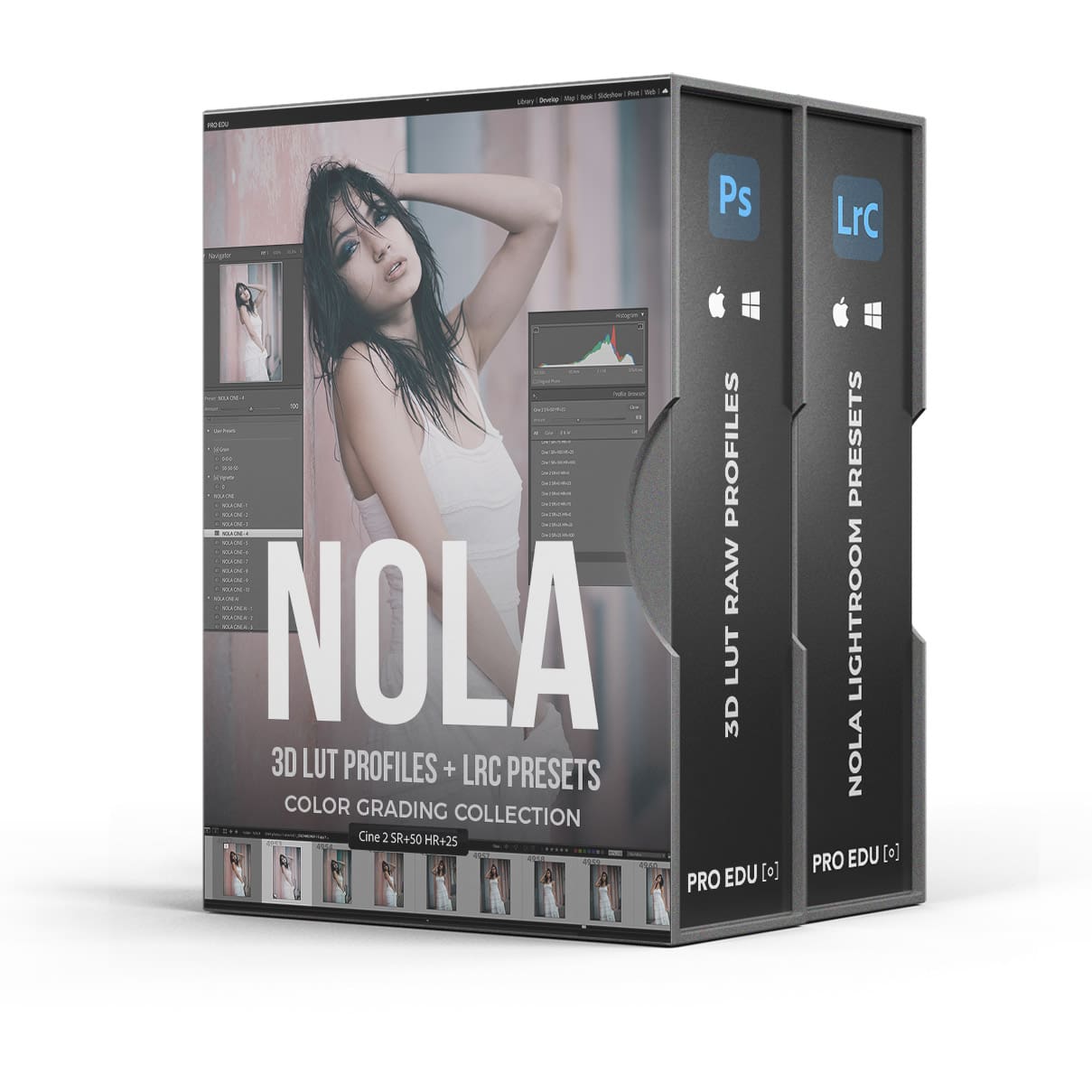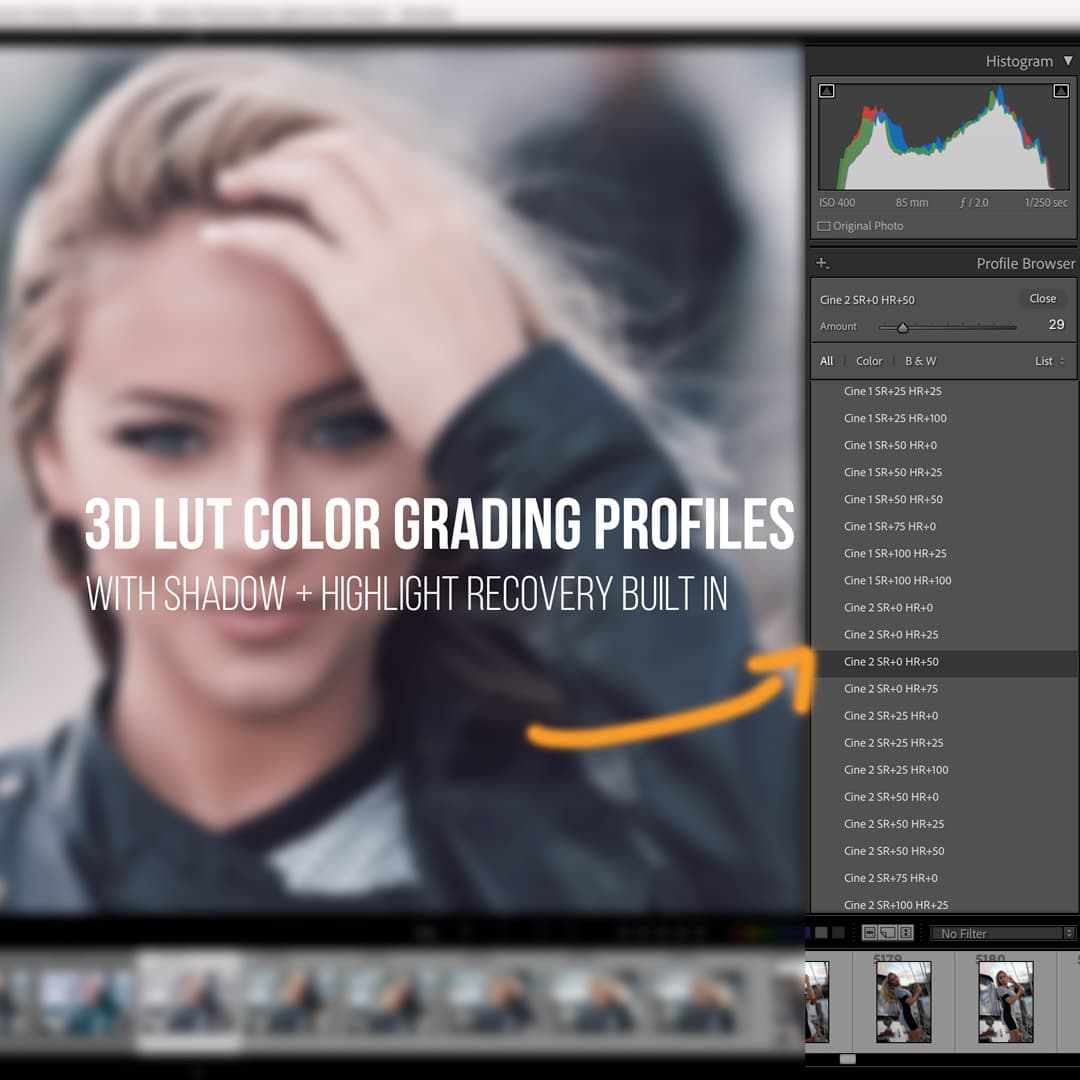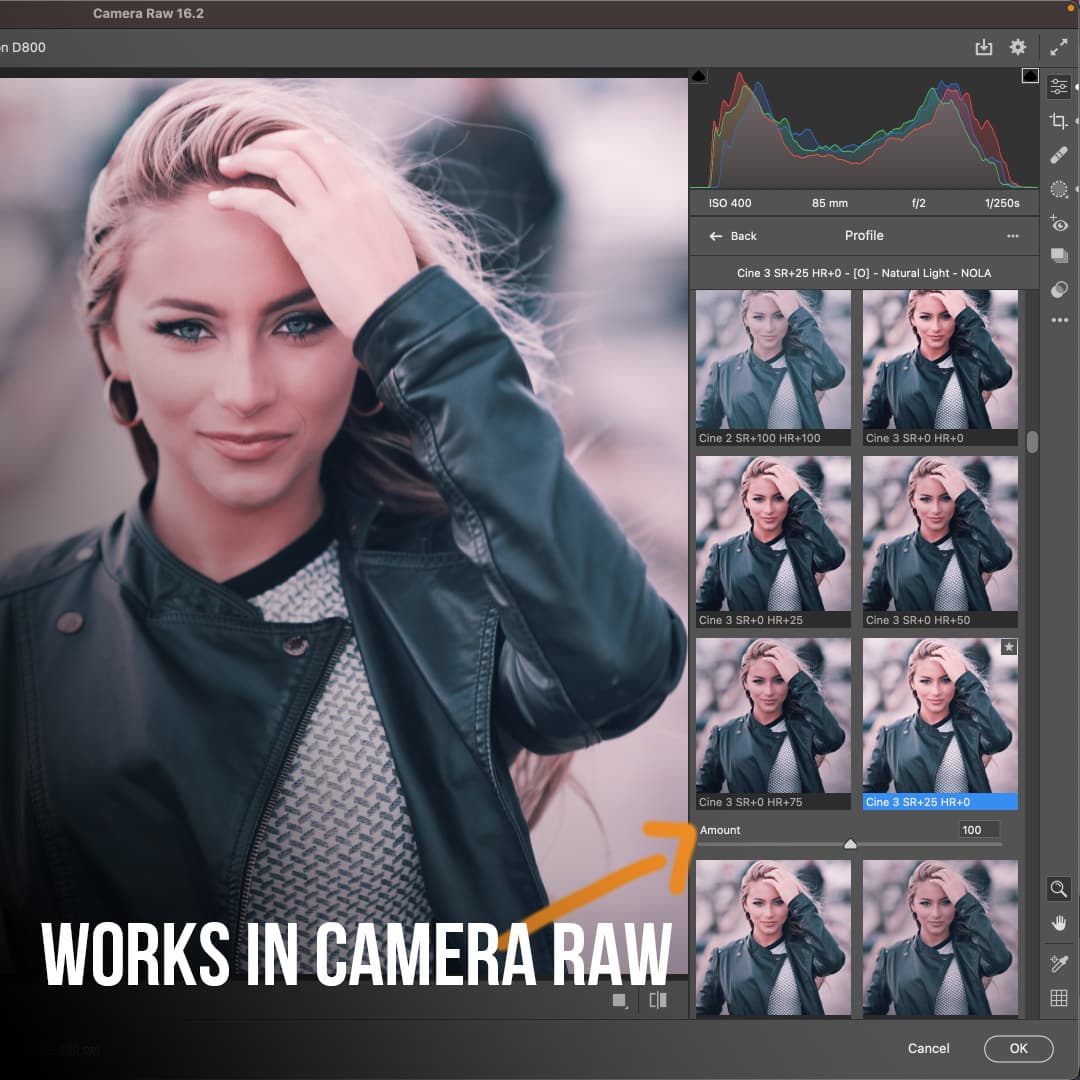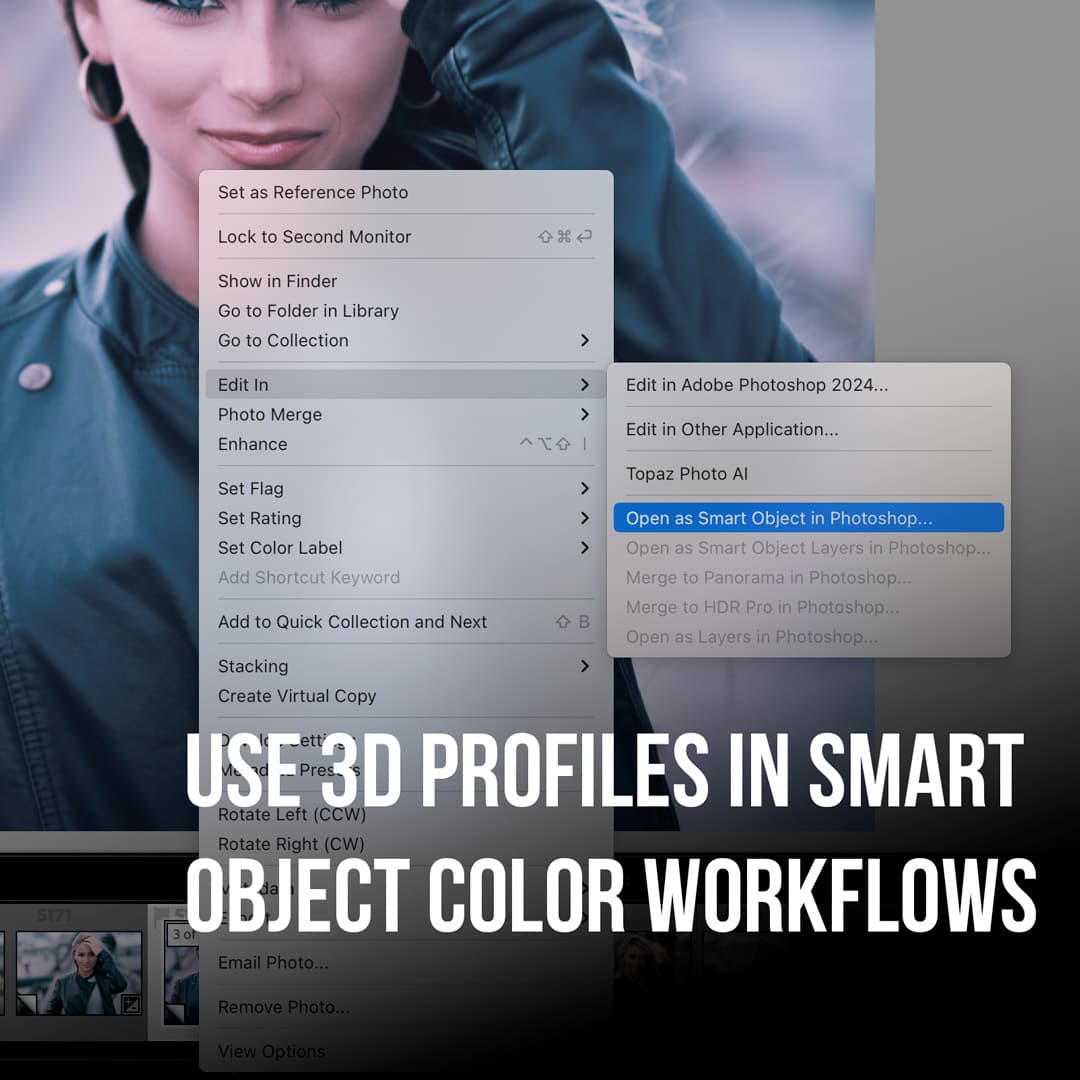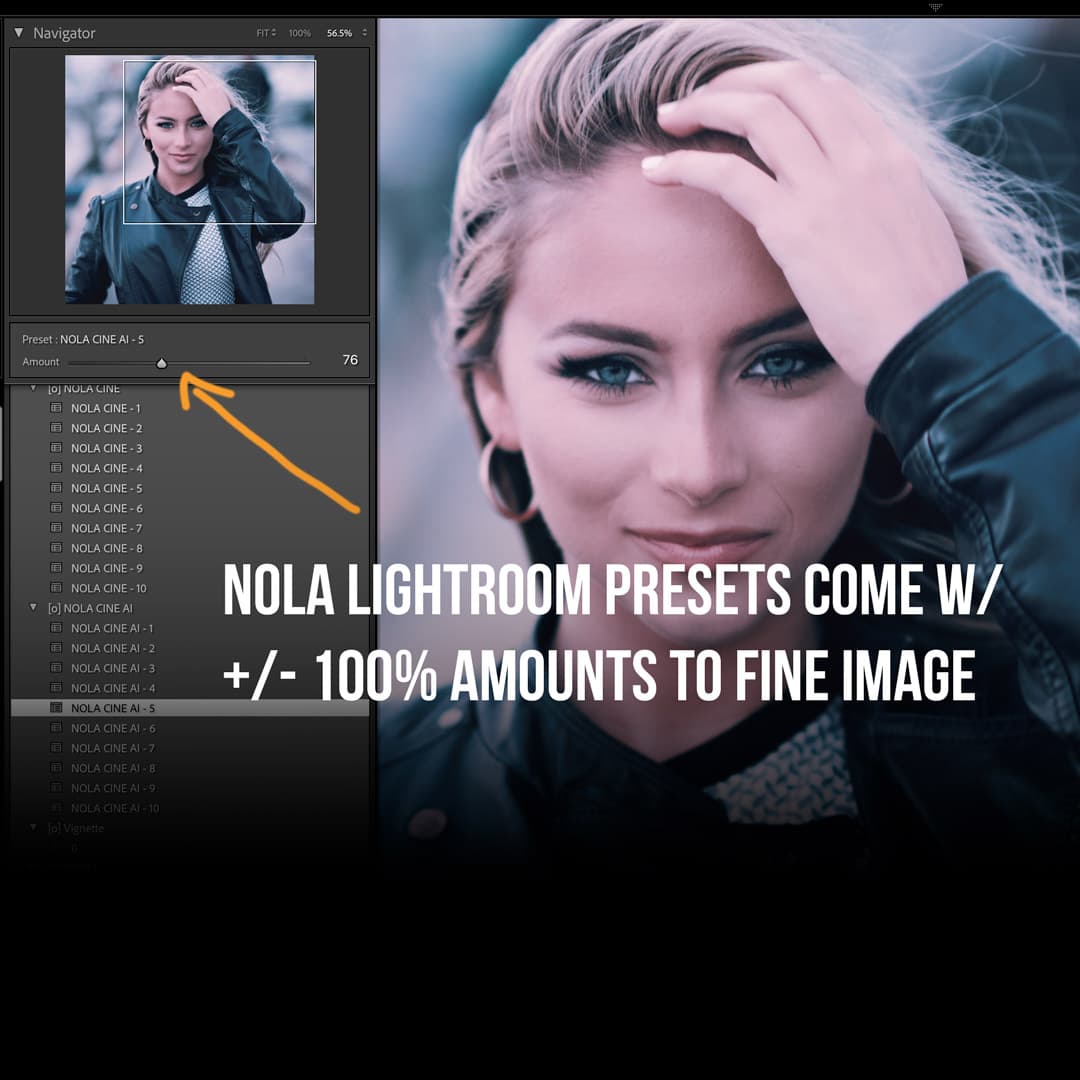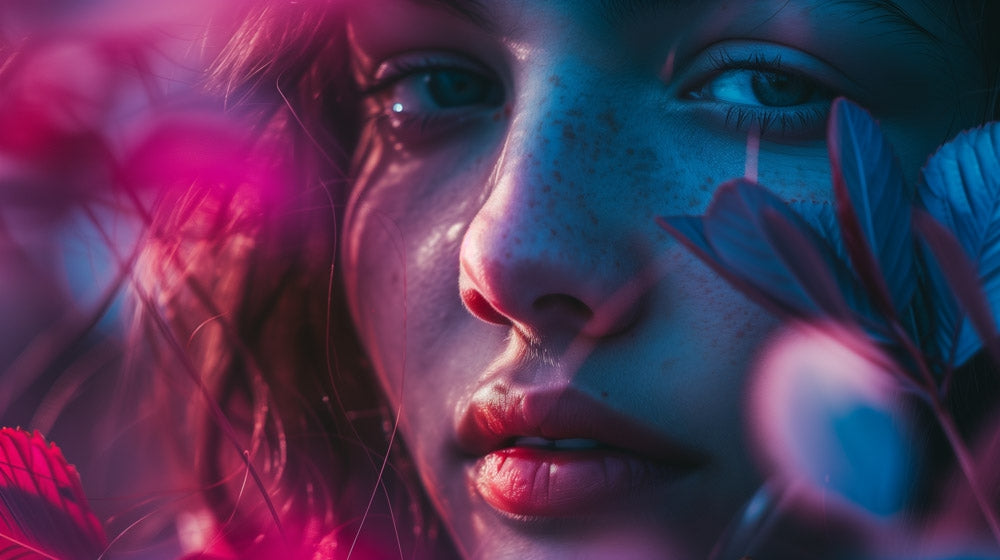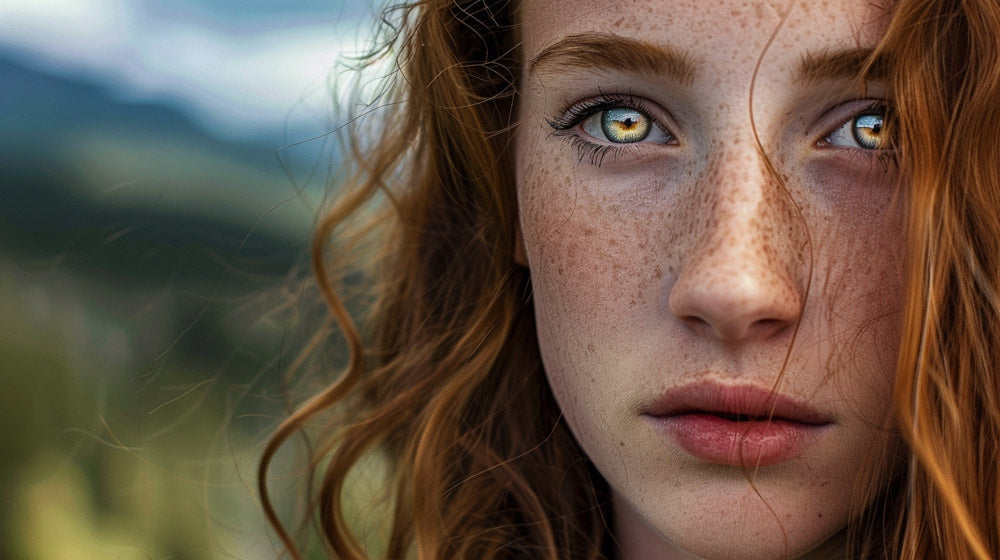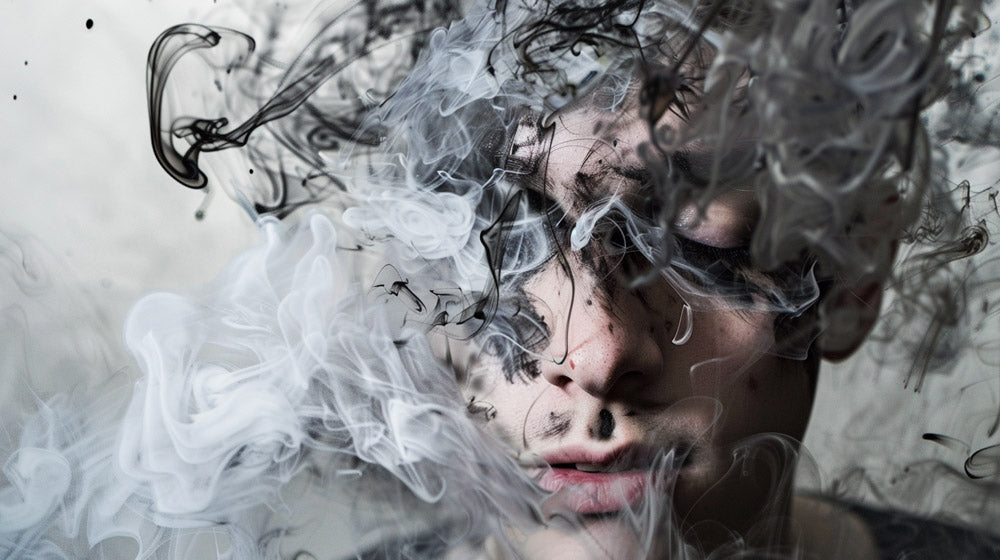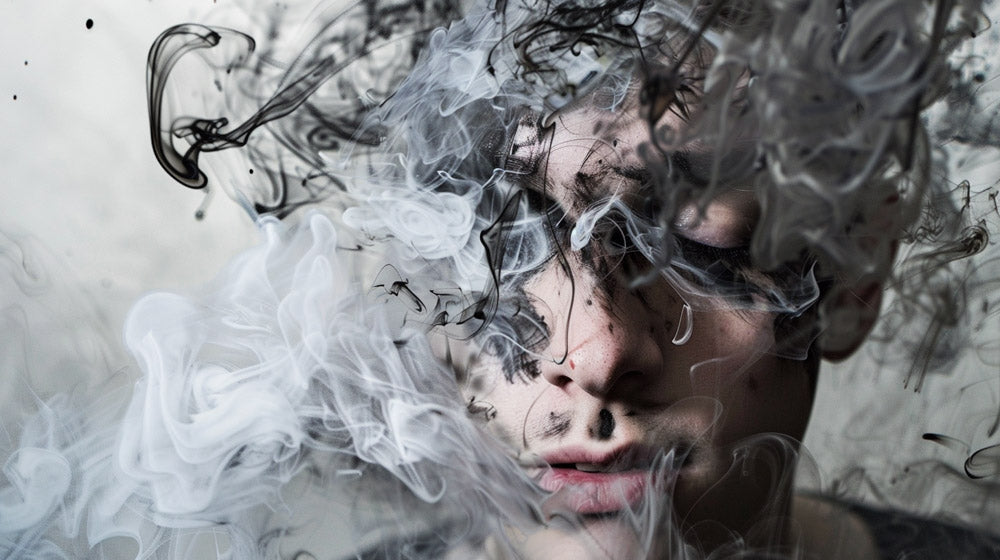Choosing the right laptop for Photoshop can significantly enhance your creative workflow and productivity. With numerous options available, it's crucial to consider factors like processing power, display quality, and graphics capabilities.
The Apple MacBook Pro 16-inch with an M3 Max chip stands out as the top choice for photo editing, offering exceptional performance and a stunning display.
For Windows users, the Asus ProArt Studiobook 16 OLED presents a compelling alternative, featuring built-in tools specifically designed for Photoshop. These high-end options provide the power and precision required for professional-grade photo editing. We'll also explore more budget-friendly alternatives that can still handle Photoshop's demands effectively.
We'll guide you through the key features to look for, including processor speed, RAM, storage options, and display quality.
Key Takeaways
- High-performance processors and ample RAM are crucial for smooth Photoshop operation
- A color-accurate display with high resolution enhances photo editing precision
- Consider factors like portability, storage capacity, and budget when selecting your ideal Photoshop laptop
Evaluating Performance for Photoshop
When selecting a laptop for Photoshop, performance is crucial. We'll examine the key components that impact speed and efficiency in photo editing workflows.
Choosing the Right Processor
The processor is the heart of your laptop's performance. For Photoshop, we recommend high-end CPUs like the Intel Core i9 or AMD Ryzen 7. These chips offer multiple cores and high clock speeds, essential for smooth operation.
Apple's M3 chip family also excels in Photoshop tasks. The M3 Pro and M3 Max variants provide exceptional performance, especially in MacBook Pro models.
We've found that processors with at least 6 cores handle complex editing tasks well. Higher core counts benefit users working with large files or batch processing.
The Importance of RAM
RAM is vital for Photoshop's performance. We suggest a minimum of 16GB, but 32GB or 64GB of RAM is ideal for professional work.
More RAM allows Photoshop to keep multiple high-resolution images open simultaneously. It also improves responsiveness when applying complex filters or working with many layers.
Laptops with upgradeable RAM offer flexibility. However, many modern ultrabooks have soldered RAM, so choosing the right amount initially is crucial.
Disk Speed and SSD Storage
Fast storage significantly impacts Photoshop's performance. We strongly recommend SSD storage for its rapid read and write speeds.
SSDs reduce load times for large files and speed up operations like saving, opening, and generating previews. A 512GB SSD is suitable for most users, but professionals may need 1TB or more.
NVMe SSDs offer the best performance, with read speeds up to 7000 MB/s. These drives excel at handling large Photoshop files and temporary data.
Display Quality for Professional Photo Editing
When choosing a laptop for Photoshop, display quality is crucial for accurate color representation and detail. We'll examine key factors that contribute to an optimal viewing experience for photo editing.
Resolution and Screen Size
High-resolution displays are essential for professional photo editing. We recommend a minimum of 1920x1080 pixels, but 4K displays offer superior sharpness and detail. A 15-inch screen provides a good balance between portability and workspace.
Larger screens allow for easier multitasking and side-by-side comparisons. 17-inch laptops offer ample screen real estate but sacrifice portability. For the sharpest images, we suggest a pixel density of at least 220 PPI.
4K resolution (3840x2160) is ideal for photo editing, providing crisp details and allowing you to view high-resolution images at their native resolution.
Color Accuracy and Gamut
Color accuracy is paramount for photo editing. We look for displays that cover a wide color gamut, with 100% sRGB coverage as a minimum. For professional work, Adobe RGB and DCI-P3 coverage become important.
Many high-end laptops offer factory-calibrated displays. These ensure colors are accurate out of the box. Look for Delta E values below 2 for excellent color accuracy.
Wide color gamuts like DCI-P3 allow for more vibrant and accurate colors. This is especially important when editing photos for print or wide-gamut displays.
OLED Versus Standard Panels
OLED displays offer significant advantages for photo editing. They provide perfect blacks, infinite contrast ratios, and vibrant colors. This results in more realistic image representation.
Standard IPS panels are still excellent for photo editing. They offer good color accuracy and wide viewing angles. However, they can't match the contrast of OLED screens.
OLED laptops excel in reproducing deep blacks and shadow details. This is crucial for editing high-contrast images or working with dark tones.
The Best Laptops for Photoshop on the Market
Selecting the right laptop for Photoshop requires a balance of performance, display quality, and portability. We've identified top contenders across various categories to suit different needs and preferences.
Apple's MacBook Range
The MacBook Pro lineup stands out for Photoshop users. The MacBook Pro 16 offers a large, color-accurate display ideal for detailed editing. Its M2 Max chip delivers exceptional performance for demanding tasks.
For those preferring portability, the 14-inch model provides similar power in a more compact form. Both versions boast long battery life, crucial for on-the-go editing.
MacBooks excel in color accuracy, with displays covering 100% of the DCI-P3 color gamut. This ensures your edits appear true to life across different devices.
The macOS ecosystem integrates seamlessly with Adobe software, offering a smooth workflow for professionals.
Windows Alternatives
Windows laptops provide strong competition for Photoshop work. The Microsoft Surface Laptop Studio 2 combines versatility with power, featuring a unique hinged display for multiple working positions.
The Dell XPS 14 offers a compact form factor without sacrificing performance. Its InfinityEdge display provides ample screen real estate in a smaller footprint.
For those seeking a dedicated creative workstation, the Asus ProArt Studiobook 16 OLED stands out. It features a built-in dial for precise control in Adobe applications, enhancing workflow efficiency.
These Windows options often provide more customization and upgrade potential than their Mac counterparts.
High-Performance Gaming Laptops
Gaming laptops, with their powerful GPUs, excel at handling Photoshop's GPU-accelerated features. The Gigabyte Aero 16 combines gaming performance with a color-accurate OLED display, perfect for creative work.
Many gaming laptops offer high refresh rate displays, which can provide smoother interactions when working with large files or complex brushes in Photoshop.
These machines often feature robust cooling systems, maintaining performance during extended editing sessions. However, this comes at the cost of reduced battery life and increased weight compared to dedicated creative laptops.
Gaming laptops typically offer a wide range of ports, facilitating easy connection to external displays and storage devices.
Graphic Processing Units (GPUs) and Photoshop
GPUs play a crucial role in enhancing Photoshop performance. They accelerate complex tasks and enable smoother workflow for image editing professionals.
Dedicated GPUs for Enhanced Performance
Dedicated GPUs significantly boost Photoshop's capabilities. The NVIDIA GeForce RTX series is particularly effective for image processing. These GPUs offer faster rendering times and smoother performance when working with large files or multiple layers.
We've found that laptops with dedicated GPUs handle resource-intensive tasks more efficiently. This includes applying filters, using brush tools, and manipulating high-resolution images. The extra processing power allows for real-time previews of effects and faster export times.
Many professional-grade laptops now come equipped with powerful GPUs like the RTX 4070. These provide ample power for both 2D image editing and 3D rendering tasks within Photoshop.
Understanding GPU Accelerated Features
Photoshop leverages GPU acceleration for various features. This includes the Blur Gallery, Perspective Warp, and Smart Sharpen tools. GPU acceleration also enhances the performance of AI-powered features like Neural Filters.
We've observed that GPUs with more VRAM can handle larger image files and more complex compositions without lag. This is particularly beneficial when working with high-resolution displays or multiple monitors.
Some advanced GPU features in Photoshop include:
- Real-time rendering of 3D models
- Faster processing of Camera Raw files
- Improved performance with the Liquify tool
- Smoother panning and zooming with large images
Battery Life and Mobility
When choosing a laptop for Photoshop, battery life and portability are crucial factors to consider. We've found that some models excel in this area, offering both power and longevity.
The Apple MacBook Pro stands out with its impressive battery life of over 15 hours during light use. This means you can work on your Photoshop projects throughout the day without constantly searching for an outlet.
For Windows users, the ASUS Zenbook Pro 15 offers a good balance of performance and battery life. It's a budget-friendly option that doesn't compromise on mobility.
The Dell XPS 15 is another solid choice, providing ample memory for Photoshop tasks while maintaining good battery performance. Its compact design makes it easy to carry around.
For those who prioritize portability, the MacBook Air with M3 chip offers a great combination of power, long battery life, and lightweight design. It's an excellent choice for photographers and designers on the go.
Remember, battery life can vary depending on usage intensity. Running Photoshop continuously will drain the battery faster than light browsing or document editing.
Design and Build Quality
When selecting a laptop for Photoshop, design and build quality play crucial roles in ensuring a comfortable and reliable editing experience.
We find that premium materials like aluminum and carbon fiber are common in high-end models, offering durability and a sleek aesthetic.
MacBooks are renowned for their exceptional build quality, featuring unibody aluminum chassis that resist flexing and provide a solid feel. Their minimalist design and attention to detail make them a favorite among creative professionals.
Many Windows laptops now offer versatile designs, such as 2-in-1 convertibles. The HP Spectre x360 is a prime example, combining a touchscreen with a 360-degree hinge for multiple use modes, enhancing flexibility for photo editing tasks.
Build quality extends beyond materials to include keyboard and touchpad responsiveness. We look for laptops with comfortable, well-spaced keys and precise trackpads to ensure smooth navigation through Photoshop's interface.
Screen bezels are another consideration. Thinner bezels provide a more immersive editing experience and often allow for a larger display in a compact form factor. This is particularly beneficial when working with detailed images or multiple Photoshop panels.
Software Considerations for Creatives
When choosing a laptop for Photoshop and other creative tasks, it's crucial to consider software compatibility and performance. Adobe Creative Suite, including Photoshop and Lightroom, forms the backbone of many creative workflows.
We recommend opting for laptops that can handle the latest versions of these applications smoothly.
Adobe Photoshop requires a minimum of 8GB RAM, but 16GB or more is ideal for professional work.
Storage is another key factor. SSD drives offer faster load times for large files and applications. We suggest a minimum of 256GB SSD, with 512GB or 1TB being preferable for storing numerous high-resolution images and videos.
For video editing, consider laptops that can run software like Adobe Premiere Pro efficiently. These often require more powerful GPUs and additional RAM compared to photo editing alone.
It's worth noting that some laptops come with pre-installed creative software or trial versions. While convenient, we advise evaluating if these meet your specific needs or if you'll need to purchase separate licenses.
Compatibility with drawing tablets and other peripherals is also important for many creatives. Ensure your chosen laptop has sufficient ports and connectivity options to support your workflow.
Budget-Friendly Options for Photoshop Users
We understand that not everyone can afford high-end laptops for Photoshop. Fortunately, there are several budget-friendly options that can handle photo editing tasks effectively.
The Acer Swift X 14 is a powerful yet affordable choice, starting at just $1,099. It offers enhanced 3D rendering capabilities, making it suitable for various Photoshop projects.
For those on an even tighter budget, we've found some laptops under $500 that can run Photoshop. While they may not offer top-tier performance, they can handle basic to moderate editing tasks.
Key factors to consider in budget laptops for Photoshop include:
- CPU performance
- RAM (minimum 8GB recommended)
- SSD storage for faster file access
- Display quality and color accuracy
While not strictly a budget option, the Apple MacBook Air 15 offers a good balance of performance and value. It's more affordable than the premium-priced MacBook Pro while still providing excellent capabilities for Photoshop users.
We recommend comparing specifications and reading user reviews before making a decision. Remember, investing a bit more in a reliable machine can pay off in the long run with better performance and longevity.
Choosing the Best Storage Drive
When selecting a laptop for Photoshop, storage is a crucial factor to consider. We recommend opting for a solid-state drive (SSD) over a traditional hard disk drive (HDD) for faster performance and improved reliability.
SSDs offer significantly quicker boot times and file access speeds, which is essential for efficiently working with large image files in Photoshop.
Look for laptops with at least 512GB of SSD storage, though 1TB is ideal for storing multiple projects and resource files.
Some key points to consider:
- NVMe SSDs: These provide even faster read/write speeds than standard SATA SSDs
- Storage capacity: Aim for 1TB or more if your budget allows
- Dual-drive setups: Some laptops offer both an SSD and HDD for balancing speed and capacity
While storage is vital, don't forget about the importance of a quality screen. Look for laptops with high-resolution displays that offer good color accuracy and coverage of color spaces like sRGB and Adobe RGB.
We recommend prioritizing laptops with IPS or OLED displays, as they provide better color reproduction and wider viewing angles compared to TN panels. This ensures your edited images look their best across different devices and prints.
Frequently Asked Questions
Choosing the right laptop for Photoshop involves considering system requirements, hardware specifications, and budget constraints. We'll address common concerns about performance, brand recommendations, and options for various needs and price points.
What are the recommended system requirements for running Photoshop on a laptop?
For optimal Photoshop performance, a laptop should have at least 16GB of RAM, a multi-core processor, and a dedicated graphics card. Adobe recommends a minimum of 8GB RAM, but 16GB or more is ideal for handling large files and complex projects.
Storage is also crucial. We suggest a solid-state drive (SSD) with at least 256GB capacity for faster file access and program loading times.
How does a laptop's hardware affect Photoshop performance?
A laptop's CPU, GPU, and RAM significantly impact Photoshop's performance.
A powerful processor enables faster image processing and real-time adjustments. Meanwhile, a dedicated graphics card accelerates certain Photoshop features and improves overall responsiveness. Lastly, ample RAM allows for smoother multitasking and handling of large files without lag.
Which brand and model of laptop do professionals recommend for photo editing?
Many professionals favor the Apple MacBook Pro for its powerful performance and color-accurate display. The latest models with M2 chips offer exceptional speed for photo editing tasks.
For Windows users, the Dell XPS series and HP Spectre x360 are highly regarded. These laptops combine powerful hardware with high-quality displays suitable for professional photo editing.
What are the best laptops for both Photoshop and video editing capabilities?
Laptops that excel in both Photoshop and video editing typically have high-end processors, ample RAM, and powerful dedicated GPUs.
The HP Spectre x360 14 with its Intel Core Ultra processor and 32GB of RAM is an excellent choice.
The Dell XPS 17 is another strong contender, offering a large screen and robust performance for both photo and video editing tasks.
Can you suggest a high-performing laptop for Photoshop that fits a limited budget?
For budget-conscious users, we recommend looking at mid-range gaming laptops.
Models like the Acer Nitro 5 or ASUS TUF Gaming series offer good performance for photo editing without breaking the bank.
What are the best budget-friendly laptops suitable for running Photoshop and Illustrator together?
Budget-friendly options that can handle both Photoshop and Illustrator include the Lenovo IdeaPad Gaming 3 and the HP Pavilion Gaming Laptop.
These models offer a good balance of performance and affordability.
Look for laptops with at least an Intel Core i5 or AMD Ryzen 5 processor, 16GB of RAM, and a dedicated graphics card.
This configuration will provide adequate power for running both applications smoothly.

